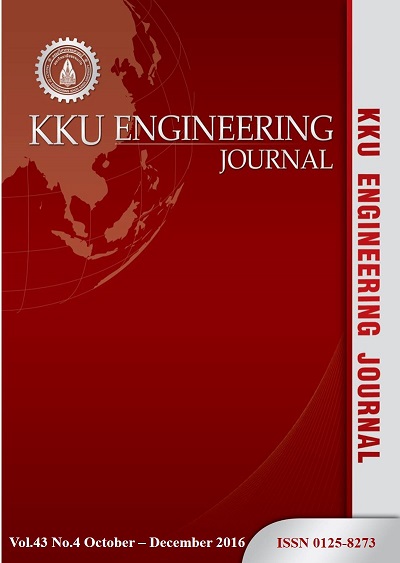The effects of energizer, carburizing temperature and time on the mechanical properties of hardened big knives in a pack carburizing process
Main Article Content
Abstract
Article Details
This work is licensed under a Creative Commons Attribution-NonCommercial-NoDerivatives 4.0 International License.
References
Sinha AK. Physical Metallurgy Handbook. USA: McGraw-Hill; 2003.
Lakhtin YM. Engineering physical metallurgy and heat treatment. Russia: Mir Publishers Moscow; 1990.
Rajan TV, Sharma CP, Sharma A. Heat treatment; Principles and techniques. Revise Edition. New Delhi: Prentice-Hall of India Private Limited; 1994.
Daengprok W, Garnjanagoonchorn W, Mine Y. Fermented pork sausage fortified with commercial or hen eggshell calcium lactate. Meat Sci. 2002;62:199-204.
Khorram F, Memarian H, Tokhmechi B, Soltanian-zadeh H. Limestone chemical components estimation using image processing and pattern recognition techniques. J Min Environ. 2011;2(2):126-35.
Ihom AP, Nyior GB, Nor IJ, Ogbodo NJ. Investigation of egg shell waste as an enhancer in the carburization of mild steel. Am J Mater Sci Eng. 2013;1(2):29-33.
Thammachot N, Homjabok W. The efficiency of natural energizers in increasing carbon content on surfaces of big knives in the pack carburizing process. The 6th International Conference on Science, Technology and Innovation for Sustainable Well-Being (STISWB VI); 2014 August 28-30; Siem Reap, Kingdom of Cambodia; 2014. p.186-92.
Smith WF. Principles of materials science and engineering. 3th ed. USA: McGraw-Hill; 1996.
Chandler H. Heat Treater’s guide; Practices and procedures for irons and steel. USA: ASM International; 1995.
Yamada Y. Materials for Springs. Berlin: Springer-Verlag Berlin Heidelberg; 2007. p.48-49.
Morimoto M. The forging of a Japanese Katana. Colorado: Colorado school of mines; 2004. p.8-16.



